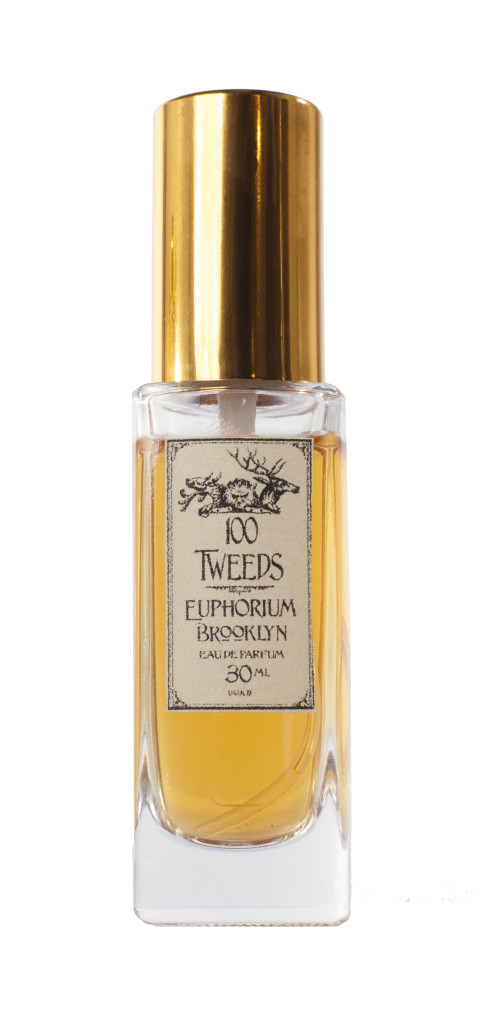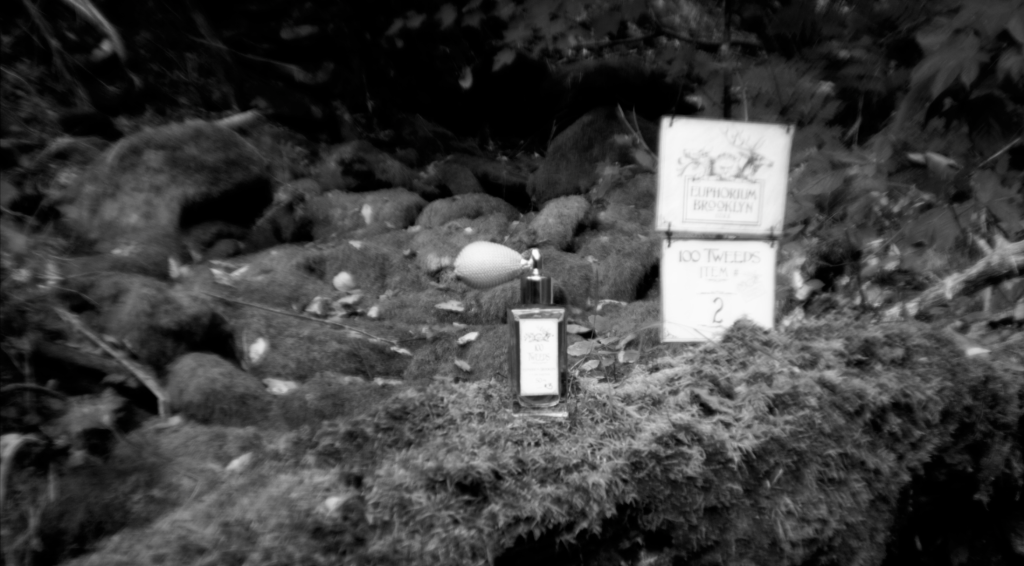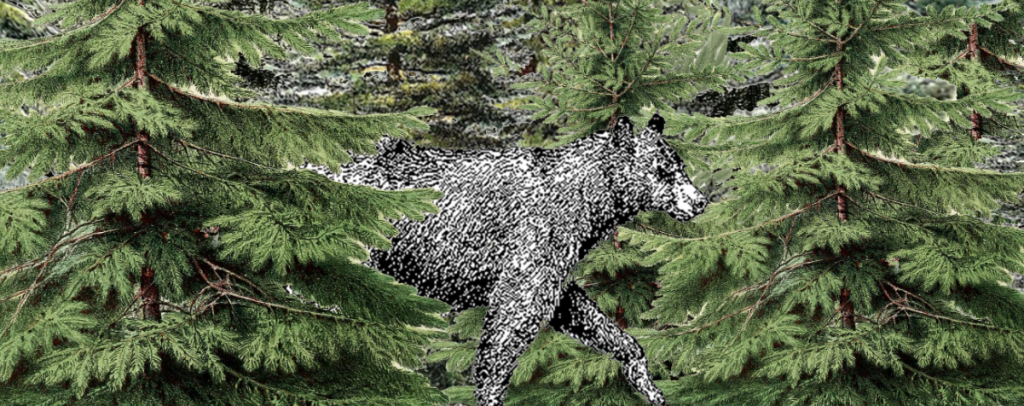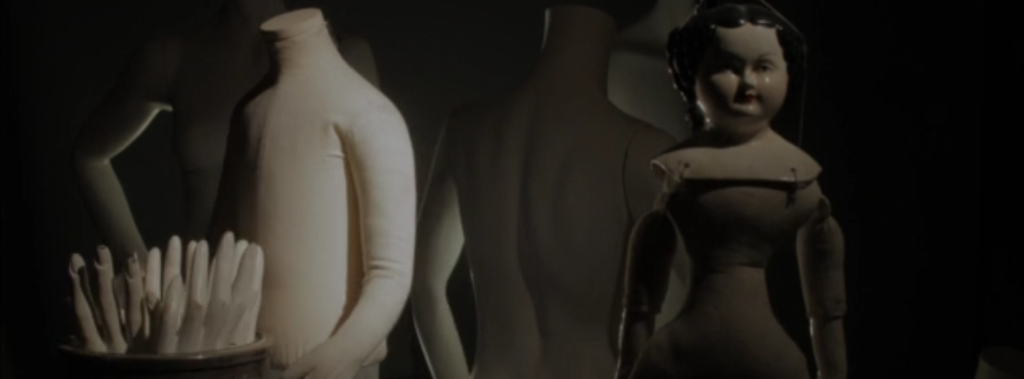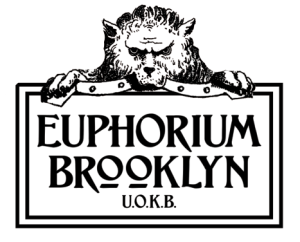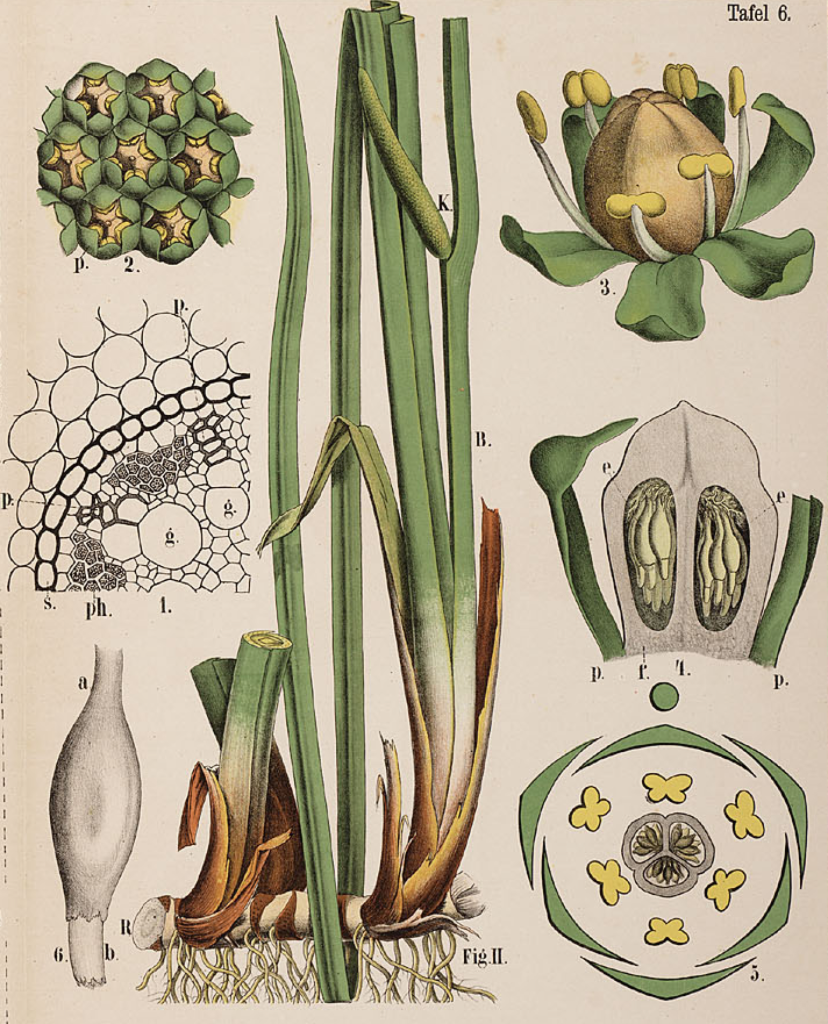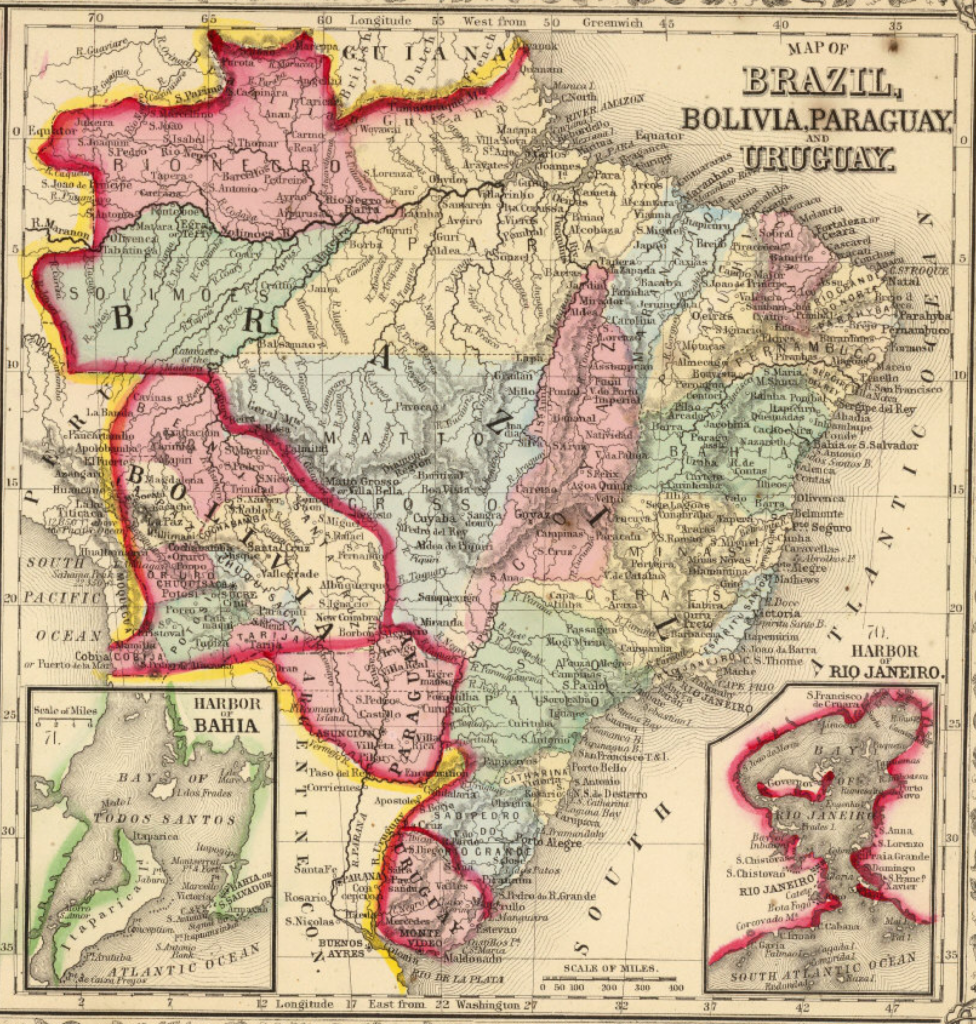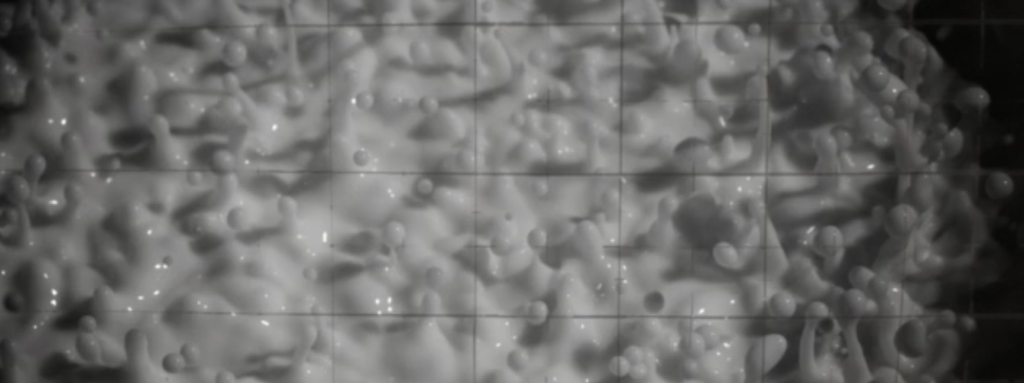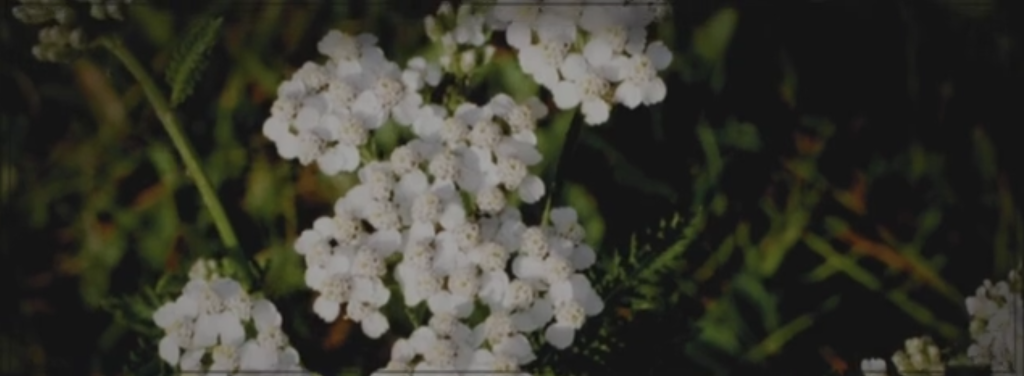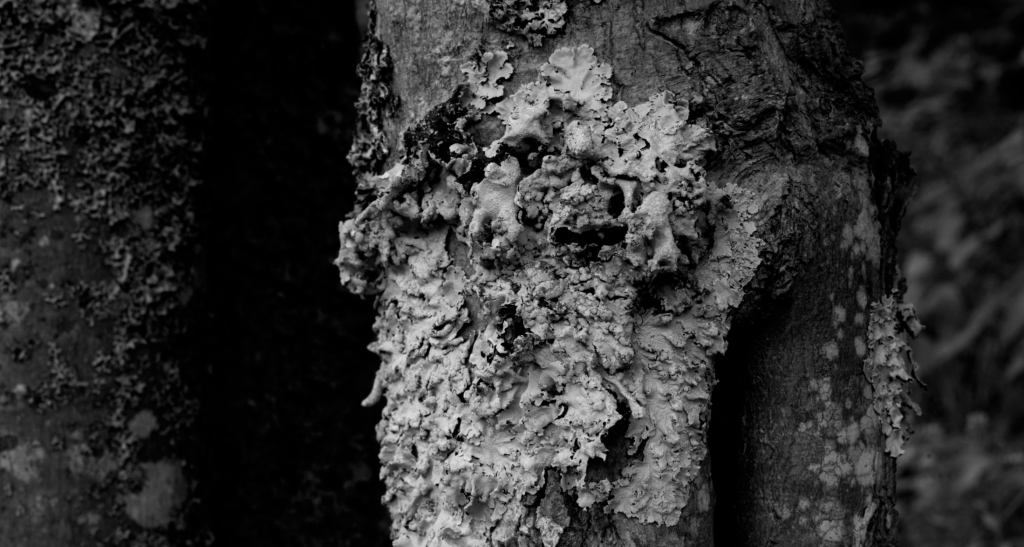100 TWEEDS Eau de Parfum by Euphorium Brooklyn for Women and Men.
FRAGRANCE PROFILE
A rich herbaceous fragrance inspired by a tincture of 100 tweeds featuring accords of:
Heather & Heath
Bracken, Lichen & Moss
Berry, Honey & Balsam
Peat, Mordent & Musk
100 TWEEDS Eau de Parfum by Euphorium Brooklyn:
– Sourced from the Finest Rare and Exotic Oils, Tinctures and Absolutes
– Traditional Euphoria Inducing Komodo Process
– Handcrafted in Brooklyn, New York
– Available in 50ML (with additional bulb atomizer), 30ML, & 8ML spray top bottles
PERFUMER’S INSPIRATION
A tincture of 100 tweed jackets.
FRAGRANCE NOTES
Lavender, Iris, Acacia Mimosa, Clary Sage, Rosewood, Katrafay, Galbanum, Calamus, Hyssop, Hemlock, Ivy, Oregano, Black Pepper, Celery Seed, Parsley Seed, Myrrh, Wormwood, Green Yarrow, Ajowan, Oakmoss, Labdanum, Sweet Tobacco, Berry, Honey, Coumarin, Guaiacwood, Cabreuva, White Agarwood, Himalayan Cedar, Amyris, Tolu Balsam, Peru Balsam, Vanilla, Benzoin, Vetiver, Peat, Cypriol, Cade, Orris Root, Castoreum, Indole, Musk
PERFUMER’S INSPIRATION (extended)
100 TWEEDS was intended in part to evoke bucolic memories of perfumer, Christian Rosenkreuz’ Bavarian study. Windows open to receive fresh heather and bitter herbs from the verdant splendour that is the end of summer blends with the aroma of his musty volumes of yellowed parchment and rich sweet tobacco notes from the humidor. Transported by this fragrance, Rosenkreuz could visit a time when the nights had become crisp and he would seek the warmth and comfort of his favorite tweed, settle into his over-sized wing chair that smelled of ancient woods and peat, and lose himself to the scent of paper, ink and vellum that lifted from the book on his lap by the crackling hearth.
CASE #432 from stephen dirkes on Vimeo.
About the Perfumer – CHRISTIAN ROSENKREUZ
Christian Rosenkreuz would always remember leaning down that morning to button her top button, the one he had made from the antler of a buck he himself had stalked.
He had caught the dry, herbaceous scent of his daughter’s alpine tweed and the green felt collar of her jacket. A breeze brought the smell of her freshly washed hair mixed with fragrant heather from the meadow outside across to him and he inhaled deeply.
Although it had been a sunny morning and promised to become an unusually warm late autumn day, Christian Rosenkreuz had forced his lovely daughter to wear her black tweed hunting jacket for her walk in the woods the day he lost her. Why? He could never recall.
Christian Rosenkreuz’ daughter was found dead in the woods (Schwarzwald, Bavaria), having been savaged by a brown bear. Self recrimination, loss and mourning led Rosenkreuz to loose his presence of mind (Christian was severely disabled by a rare form of mental unrest called “Catatonia Fleo” or the “Weeping Disease”, an extreme form of the melancholia “Spleen”). After a slow recovery (facilitated by a fragrance-based therapy utilizing his WALD perfume), Rosenkreuz became determined to master the bear that had ripped all that was pure and innocent from his world.
Christian Rosenkreuz’ obsession was fueled by a desire to both recapture memories of a daughter he loved and to wield power over the creature that took her from him. With this complex dynamic driving him, Rosenkreuz took many dark and twisted turns in developing 100 TWEEDS.
100 TWEEDS RESEARCH NOTES
Over the course of his experimentation, Rosenkreuz discovered that the scent of tweed has a profound ability to arouse the Bavarian brown bear. In pursuit of identifying, replicating and enhancing the ursine aphrodisiac aspect of the scent of tweed, Rosenkreuz set out to tincture 100 tweeds from around the world to arrive at a composite essence that was a distillate of all that was “Tweedness”.
Rosenkreuz began to gather, analyze and synthesize the herbs, barks, lichens, and roots that were used to impart the naked wool with colour and scent. He went on to develop 100 TWEEDS to be used to infused restraints and garments with which to stimulate his subjects and animate his mechanical devices with “Odic force”.
The fruit of many years of personal research and experimentation, 100 TWEEDS was ultimately made possible by Rosenkreuz’ partnership with E. Chevreuil and R. Komodo in Euphorium Brooklyn. Rudolph Komodo’s studies of fragrant pathogens and his ability to source exotic materials such as Gaharu Buayu (White Agarwood) and Javanese Vetiver complimented Rosenkreuz’ own work and resources.
Etienne Chevreuil’s more poetic, metaphoric and ultimately transcendental approach to perfumery enabled Rosenkreuz to embrace notions of mesmerism and sensual transcendentalism in the creation of 100 TWEEDS. Chevreuil’s development of “Tableaux Olfactif” or narratives in scent added a layer of refinement to Rosenkreuz’ early formulas.
Rosenkreuz came to understand the dark aspects of “Knowing – Becoming” when he was to learn that the nature of the bear could be found within himself. A labyrinth of intellectual constructs and rationalist epistemology, both focused and perverted his loss, mourning, and rage to become an outward expression of the gaze of his mind’s eye that in truth, looked ever inward.
100 TWEEDS Field Studies – Flora from stephen dirkes on Vimeo.


